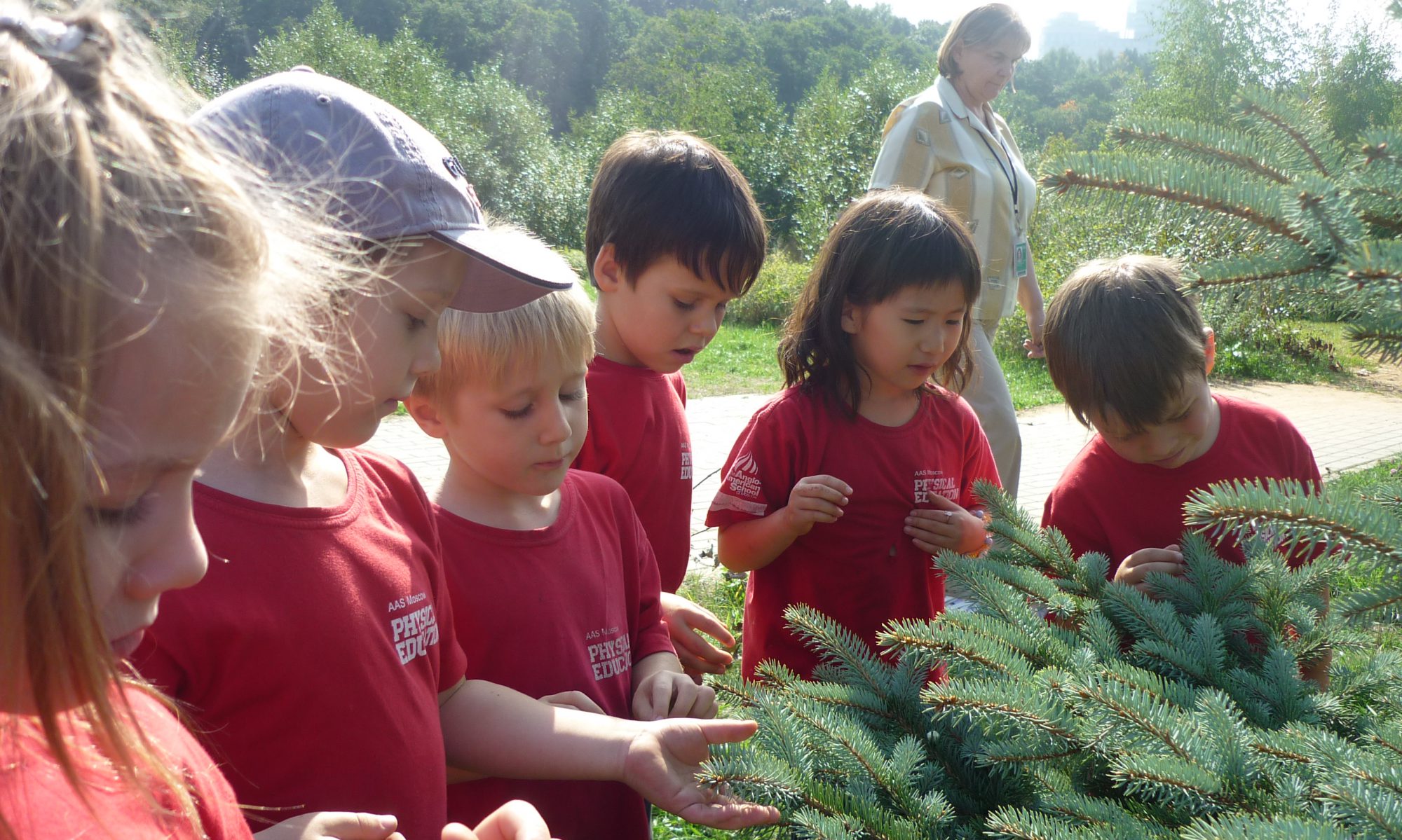Restaurant
We are working at the restaurant. People come to eat. We made food for other people. Mrs. Zurfluh was one of the customers. We took orders from customers. We made our own menu so people can order food. Emerson was the cashier, Daisy and Lisa were the chefs, Michael and Max were the customers, and Kyle was the waiter…
https://animoto.com/play/aAbVXCyWLvH1NWedyx21wA
School
We are playing school. We took turn to be the teacher. We did some writing, drawing. We had PE lesson. We did pushups, jumping jacks, crab walks. We read some books. We learned how to draw a person. We did some counting. When Lizzy finished showing us how to draw a person on the board, we tried to draw a person by ourselves.
https://animoto.com/play/XDytkt25bnXtzckQoEiRBQ

 KZE students had a conversation about what we need when we go swimming. This conversation led to more discussions about the concept of “Need”. Students drew pictures of things they think they need. Then we sorted the pictures into several categories. We decided that some categories are important, but some we are not so sure about. We will continue to find out…
KZE students had a conversation about what we need when we go swimming. This conversation led to more discussions about the concept of “Need”. Students drew pictures of things they think they need. Then we sorted the pictures into several categories. We decided that some categories are important, but some we are not so sure about. We will continue to find out…
